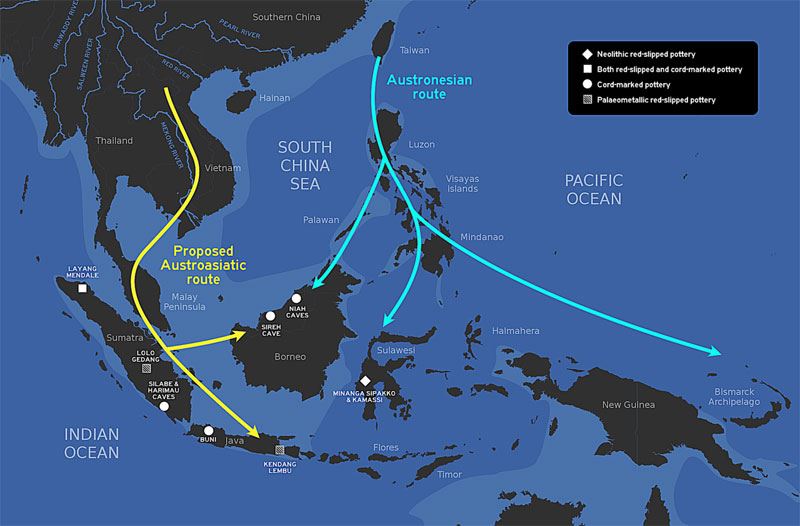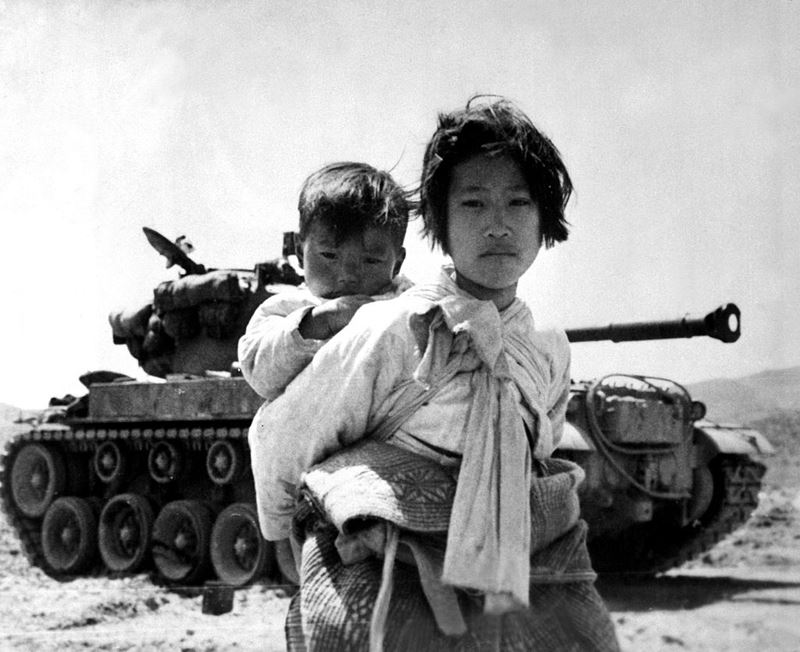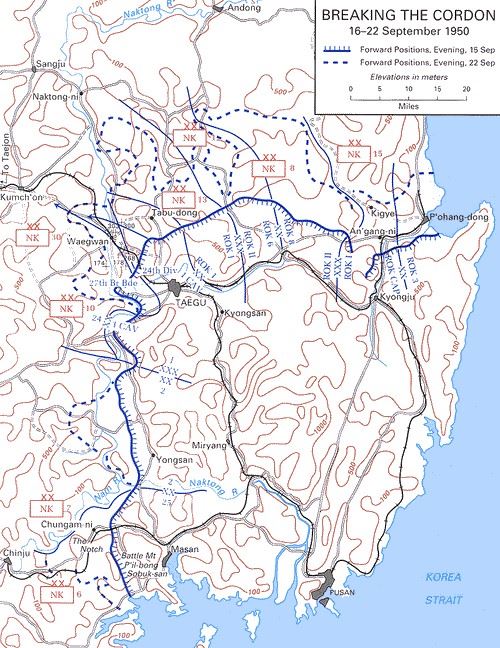
Second Battle of Seoul
The X Corps entered Seoul the morning of September 25th. By mid-afternoon, elements of the 7th Infantry Division crossed the Han River and captured Namsan

The X Corps entered Seoul the morning of September 25th. By mid-afternoon, elements of the 7th Infantry Division crossed the Han River and captured Namsan

Table of Contents The Viet Cong, also known as the Viet Nam Cong San or English Vietnamese Communists, were a guerrilla group that, with the

The history of Vietnam can be traced back to around 20,000 years ago, as the first modern humans arrived and settled on this land, known

This is a timeline of the main events of the Cold War, a state of and military tension after World War II between powers in

Table of Contents The Eastern Front of World War 2 was a brutal, bloody conflict that claimed the lives of millions of people. Spanning over

Table of Contents On September 1, 1939, Germany invaded Poland, officially beginning World War II. The conflict would consume the world for six years as

The Hundred Days Offensive (8 August to 11 November 1918) was a series of massive Allied offensives which ended the First World War. Beginning with

The Pusan Perimeter offensive was a large-scale offensive by United Nations Command (UN) forces against North Korean forces commencing on 16 September 1950. UN forces,